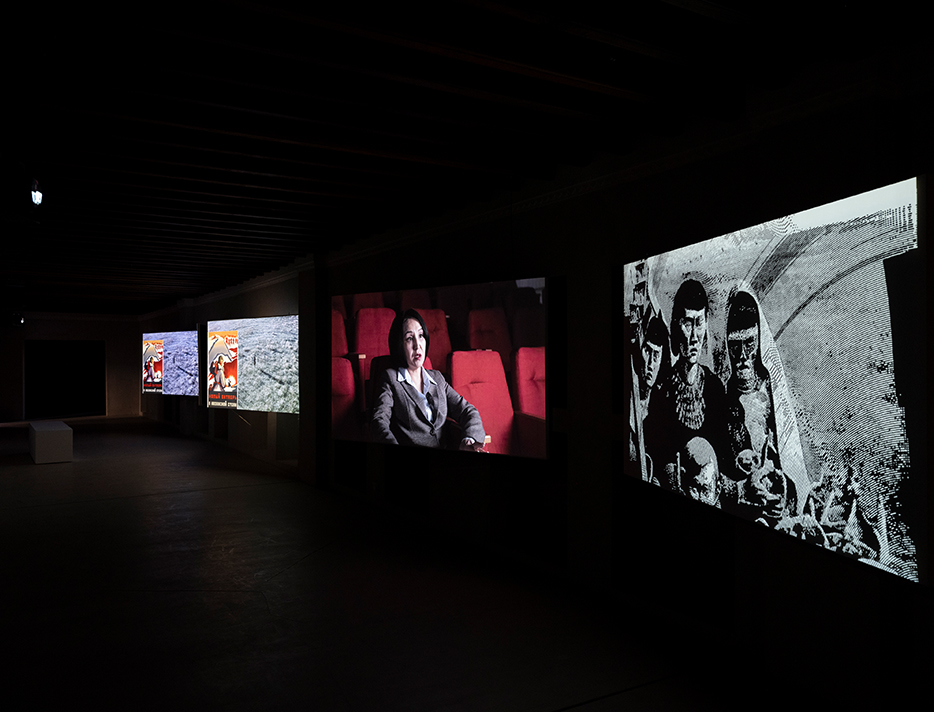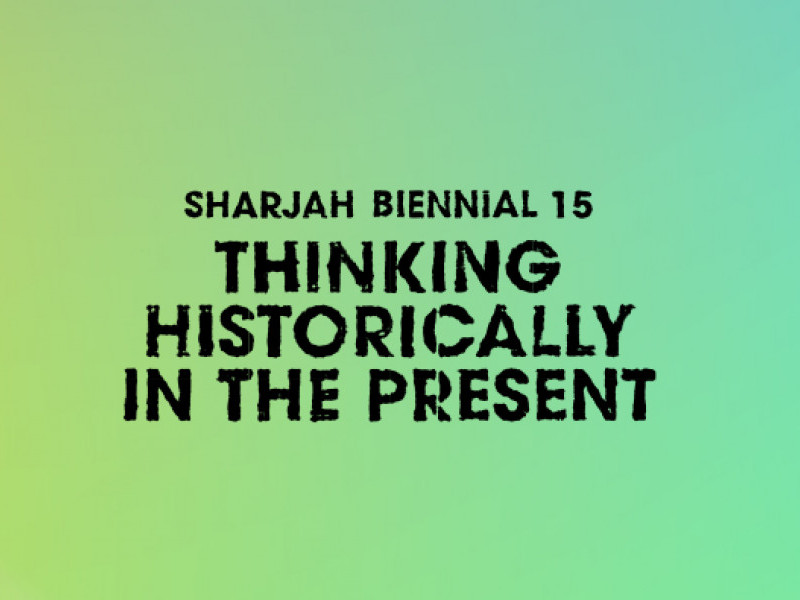
The Tongue and Hunger. Stalin’s Silk Road (2022–2023)
Almagul Menlibayeva
The Map of Nomadizing Reimaginings
2022–2023
From ‘The Tongue and Hunger.
Stalin’s Silk Road’, 2022–2023
Tapestry
225 x 165 cm
The Tongue and Hunger / The Book Keepers
2022–2023
From ‘The Tongue and Hunger.
Stalin’s Silk Road’, 2022–2023
2-channel video
40 minutes
Credits: Ainash Mustoyapova, Nurlan Dulatbekov, Zauresh Saktaganova and Larisa Kharitonova (interviewees), The Karaganda University
The Tongue and Hunger. Stalin’s Silk Road
2022–2023
From ‘The Tongue and Hunger.
Stalin’s Silk Road’, 2022–2023
3-channel video
40 minutes
Credits: Leyla Mahabaeva (interviewee) and Aigerim Akkanat (performer)
Commissioned by Sharjah Art Foundation Courtesy of the artist

